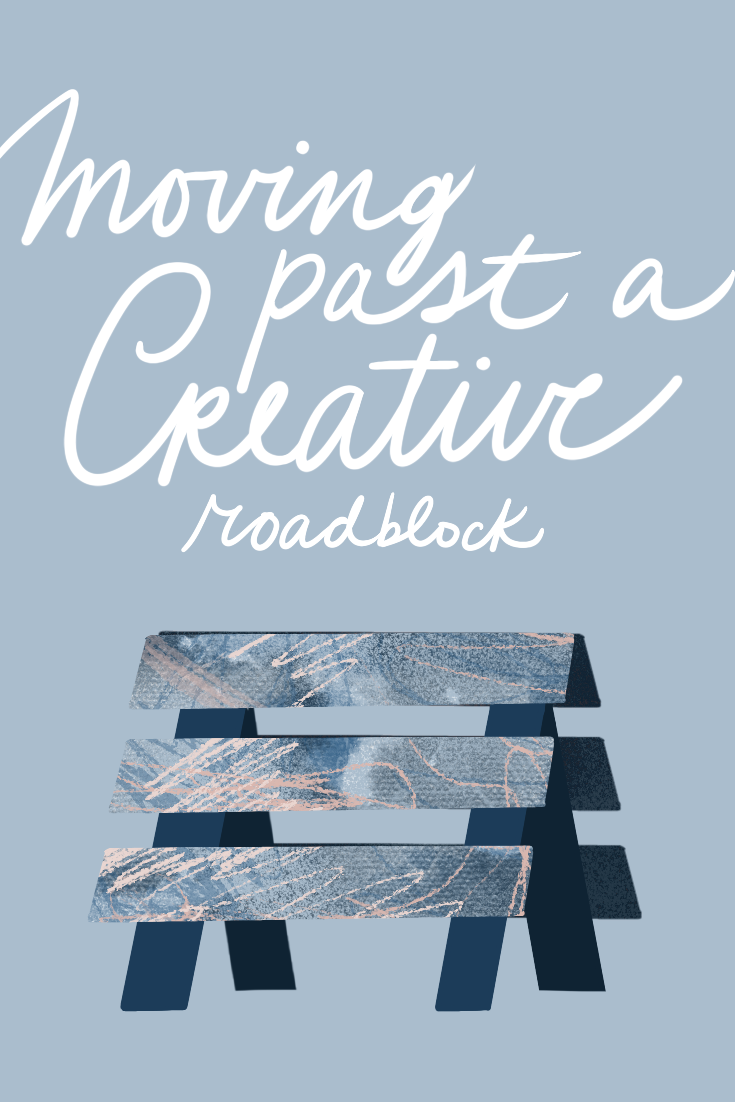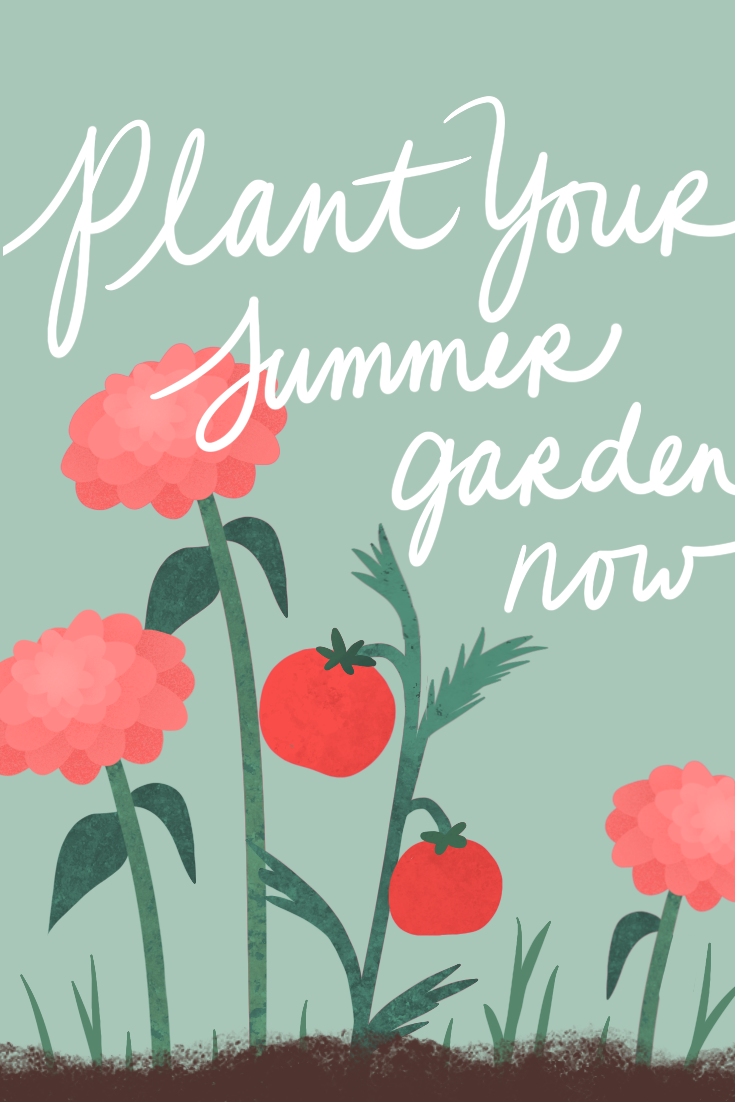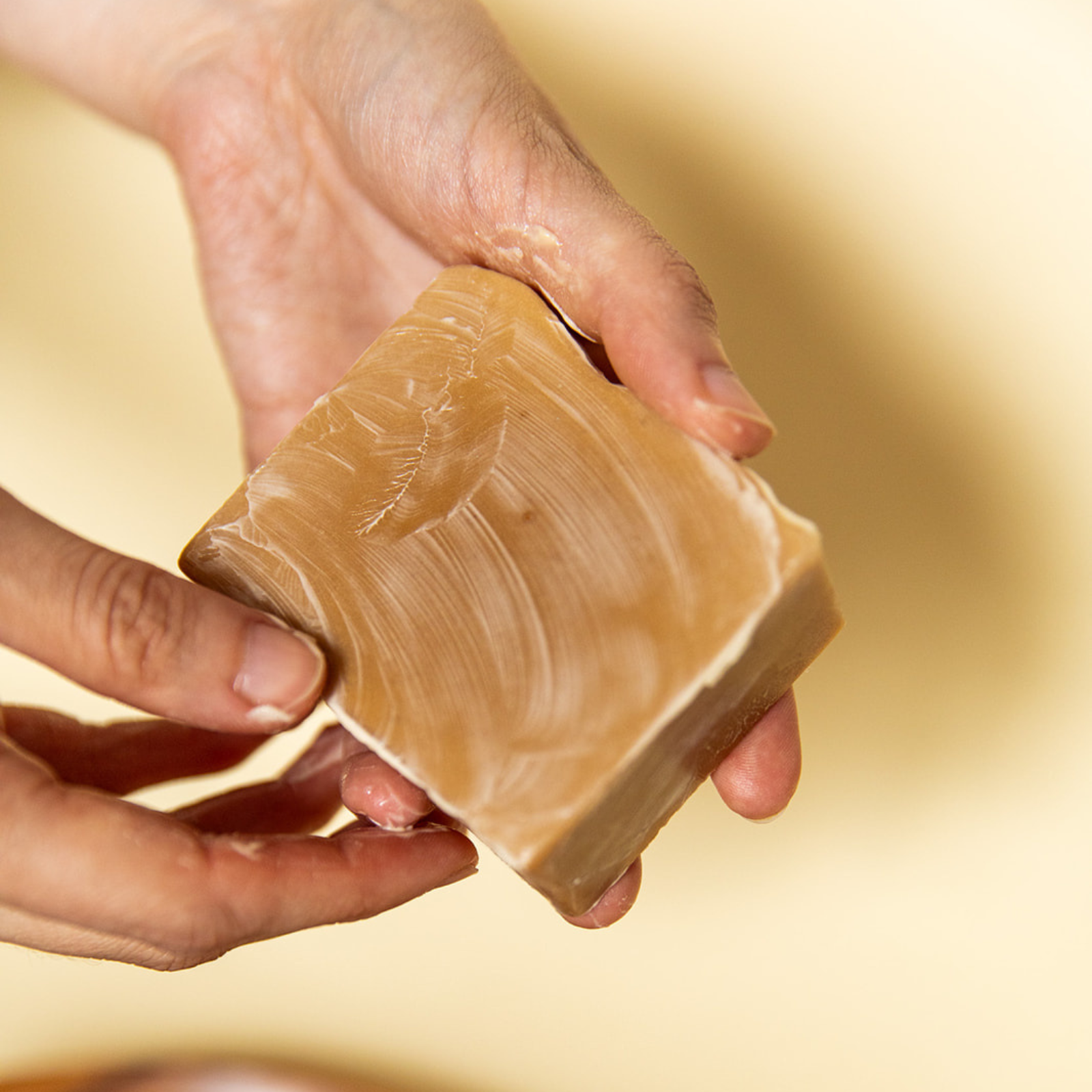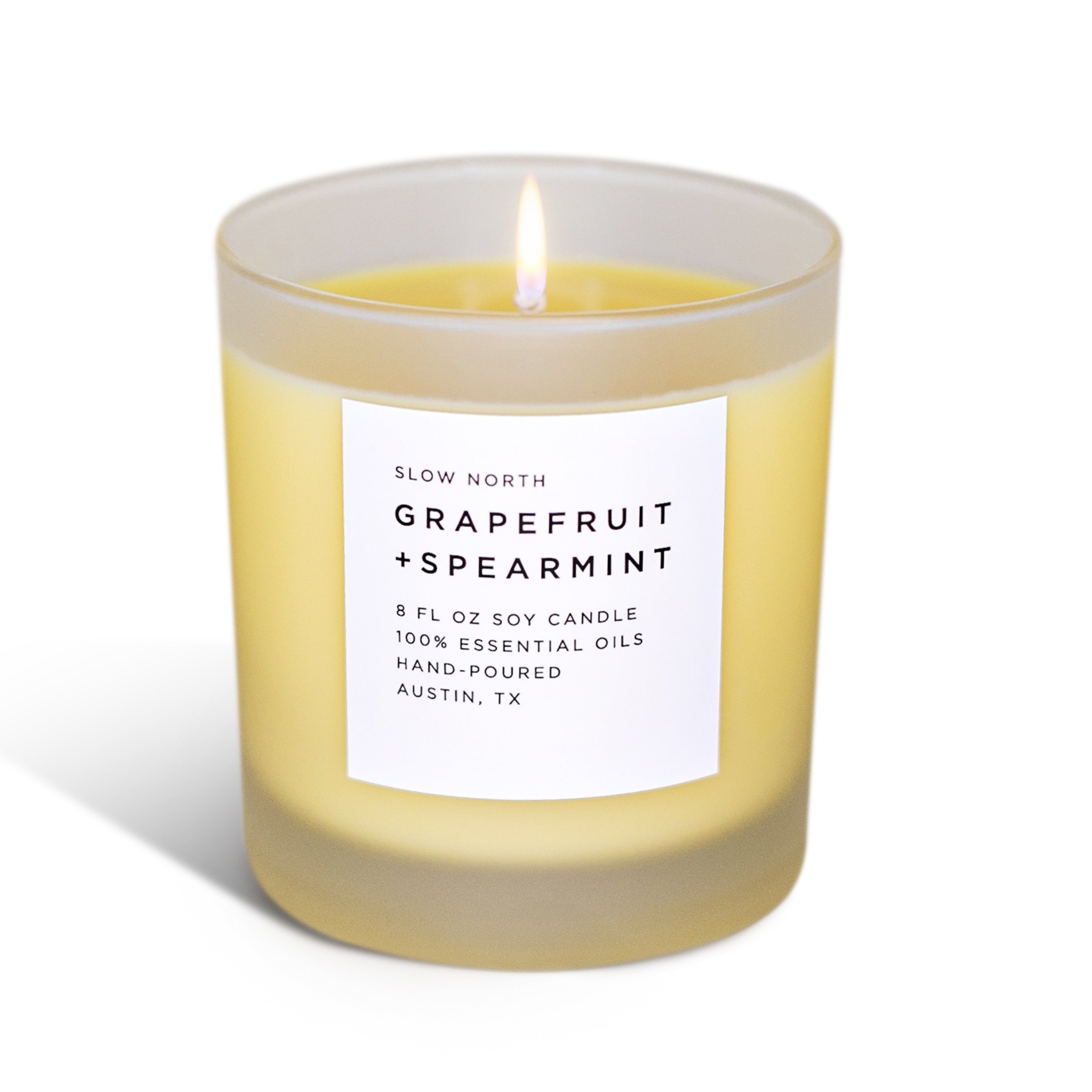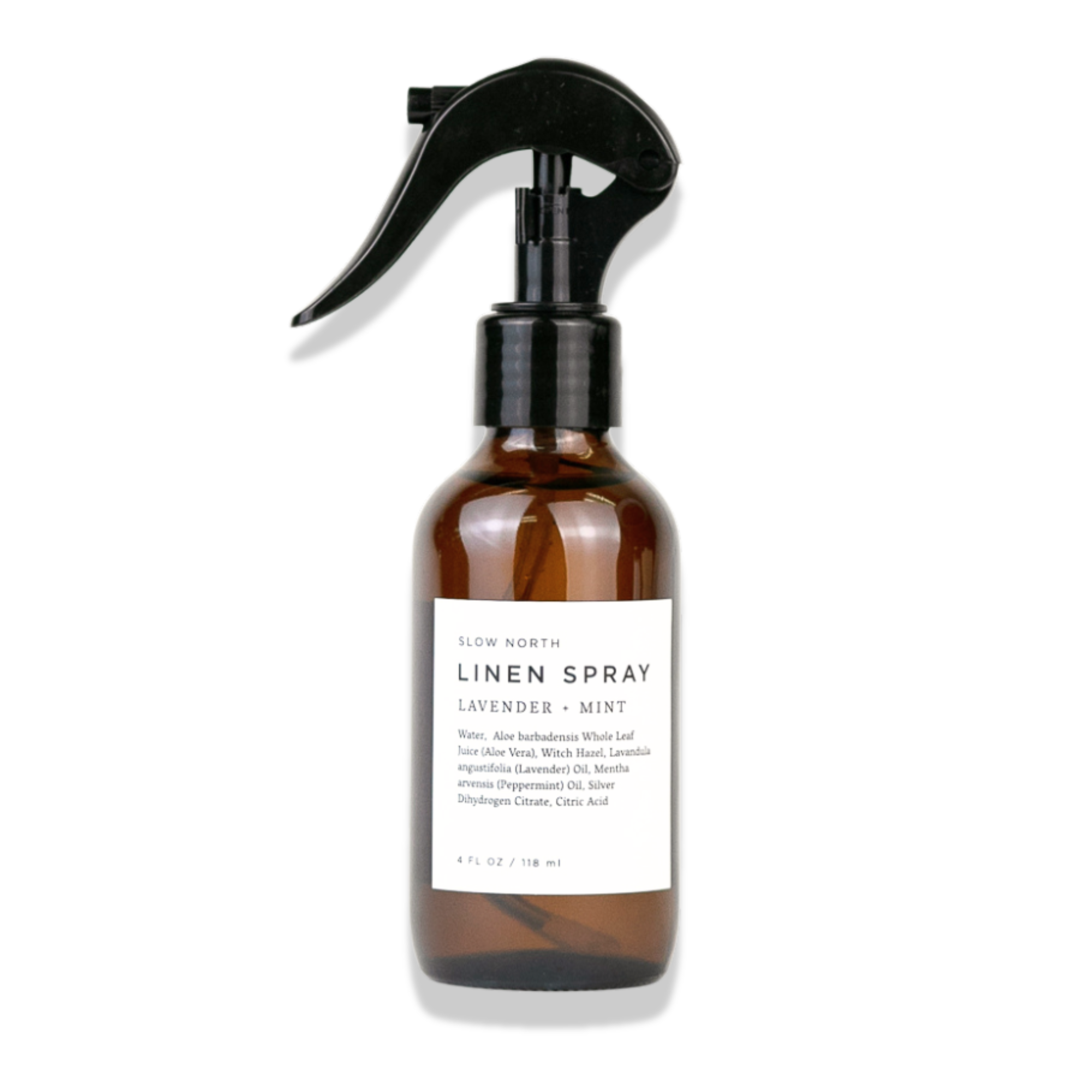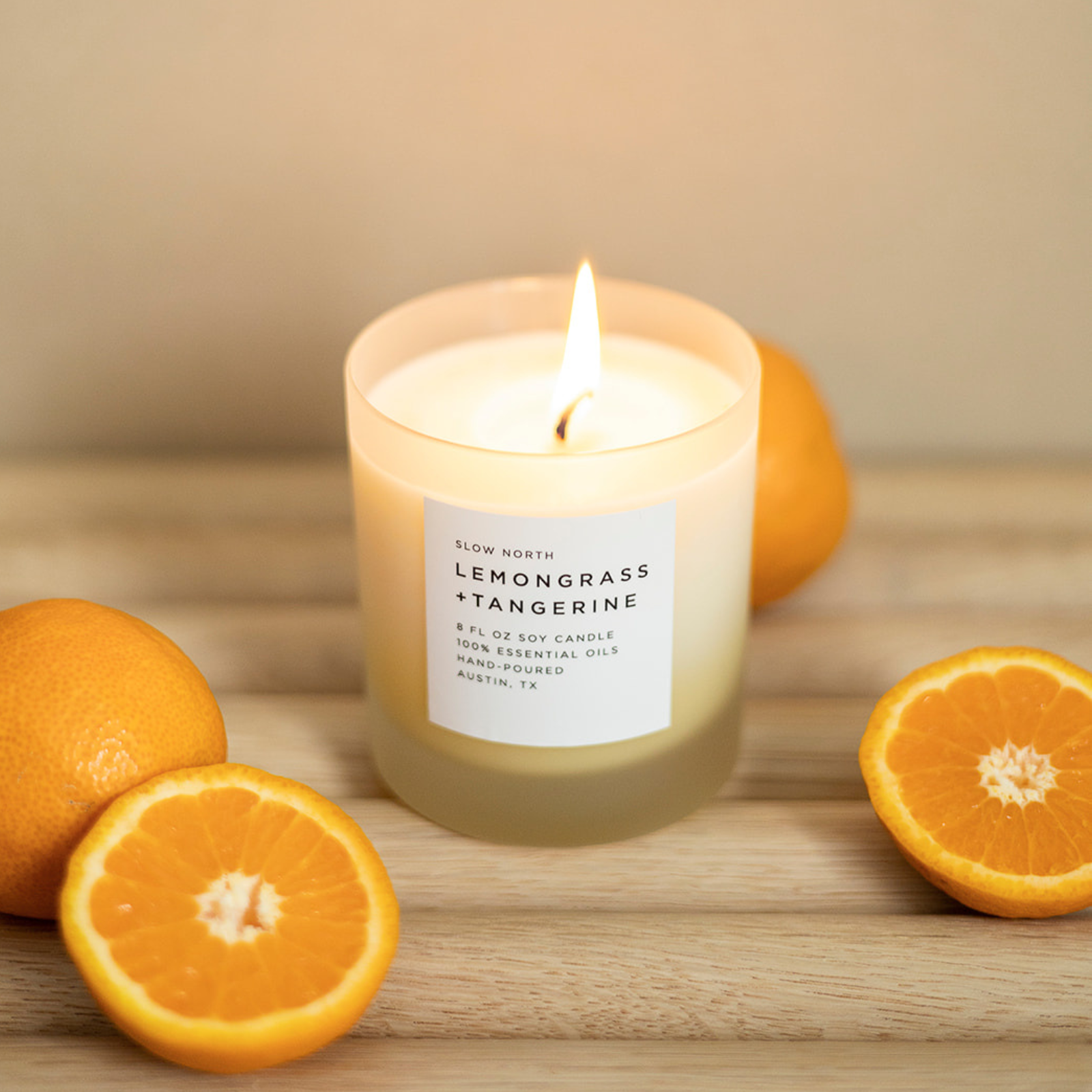
There are few things feared by creatives more than the dreaded creative block.
That blank page staring up at us, begging for ink; an opened Word doc, cursor blinking; the empty hardwood floor, asking for a dance. Overwhelmed, we find ourselves thinking, “I have no idea what comes next.”
Getting stuck in a creative rut is absolutely no fun for anyone, but rest assured it’s a completely normal occurrence — for amateurs and professionals alike. Especially in times of extreme stress and social isolation, it can be hard to nurture a creative spark (and to keep it alive, at that). However, where there’s a will, there’s a way, and if you’ve been itching to flex your creative muscles but don’t know where to start, start here. We rounded up advice from esteemed creatives from around the country — and even talked to a few of them ourselves.

Here’s what they had to say about moving past a creative block:
1. Begin with a ritual.
Building a strong creative foundation will help you avoid falling into ruts to begin with. A ritual that signals to your brain, “ok, we’re shifting gears into creative mode,” can work wonders.
Twyla Tharp, one of America’s most revered choreographers, discusses the importance of rituals in her book The Creative Habit: Learn It And Use It For Life: “Find a working environment where the prospect of wrestling with your muse doesn’t scare you, doesn’t shut you down. It should make you want to be there, and once you find it, stick with it. It’s Pavlovian: follow the routine, get a creative payoff.”
Your routine could be as simple as lighting a candle, making a cup of coffee, or moving into a different room to begin your practice. Whatever it is, make it work for you. With time, your creativity will find it easier to flow from you.
2. Switch up the medium.
Molly Cranna, a Los Angeles-based photographer and director, finds that stepping away from her medium (the camera) is effective in fighting creative blocks.
“Working in a different medium is really important, whether that is grabbing a magazine and flipping through it, and just examining the photos, or reading a book,” she said. “Forcing it — unless you are on a deadline and you have to — I think is really tricky, and then you’re putting a lot of the blame on yourself and getting mad at yourself.”
Cranna also finds that removing herself from the work entirely can help combat a creative block. Taking a walk, she says, can shift your focus from the problem you’re facing. “Instead of looking inward and trying to figure out what’s wrong with you, look outward,” she said. “People-watch. Smell the air.”
 Photo by Christin Hume
Photo by Christin Hume
3. Stare fear in the face and don’t back down.
“Remember that uncertainty is water in the creative industry. The only island is being brave.” - Emily Ludolph
Panic is an all-too-familiar feeling when taking on creative projects. Jason Zeldes, a Los Angeles-based documentary director and editor, is well acquainted with it.
“That moment of starting something and being in a rut, where you truly don’t know what to do, when I was 25 or 26, that feeling paralyzed me and I would lose days at a time,” he said. “But now, I still get that feeling at least once a week, but....I lose maybe 30 seconds because I’m like, ‘oh, my familiar friend panic.’”
Recognizing panic, staring it in the face, and then doing the work anyway is the key here for overcoming a creative obstacle.
“Don’t be afraid of it,” Zeldes said. “If you let it get to you, you’re going to lose a whole day. That’s the opposite of being creative.”
4. Focus on the tiny problems first.
Sometimes, clearing a creative hurdle can only be done in pieces. Zeldes recommends focusing on a micro-problem first if the macro feels like too much at one time. Chipping away at small problems, ones you know are solvable, will eventually help you solve the bigger one.
 Photo by The Fischer Twins
Photo by The Fischer Twins
5. Build a bridge into the next day.
Working every day until you’re absolutely fried is a first-class ticket to creative burnout. Instead of pushing yourself to the edge to finish your project, stop before you feel drained. This will allow you to “build a bridge into the next day.” In other words, keep the excitement for your project alive so you can sustain momentum.
According to Tharp, “A savvy stand-up comedian always knows to leave the audience begging for more. You should do the same with your work. Don’t drive yourself to the point of being totally spent. Try to stop while you have a few drops left in the tank, and use that fuel to build a bridge to the next day.”
6. Kiss your comfort zone goodbye.
Fortune favors the bold, or so the saying goes. Moving beyond the confines of your comfort zone can lead to a creative breakthrough.
That was certainly the case for Anne Helen Peterson, senior culture writer at BuzzFeed News. Peterson switched from academia to journalism after completing a PhD and teaching for nearly ten years and penned this viral article that instantaneously struck a chord with millennials suffering from burnout around the country.
According to an interview with 99U, it was the start of a “creative watershed moment, as she realized that her writing and approach was a better fit for a platform like BuzzFeed, while still allowing her to draw on the discipline and rigor nurtured during her years teaching and publishing.”
Sometimes, moving past a rut means trying new things you may never have considered before.
 Photo by Danae Paparis
Photo by Danae Paparis
7. Test out the “oblique strategies.”
Phoebe Lovatt is a writer, moderator, and founder of the WW Club, a resource for ideas, events, and tools for independently-minded creative professionals.
In a recent newsletter article, Lovatt discussed Brian Eno’s Oblique Strategies: a set of simple directives created by the “father of ambient music” as a way of breaking through the creative impasse of long stretches stuck in the studio.
“Presented like a stack of playing cards from which he would pluck a prompt at random, Eno’s strategies are a way of remembering that — even when you’re psychologically flatlining — there are a million ways to think and to work,” Lovatt wrote.
Printable oblique strategies can be found here; see if the prompts spark anything in you. Here are some of our favorites:
1. Don't be frightened of clichés
2. Turn it upside down
3. Are there sections? Consider transitions
4. Honor thy error as hidden intention
5. Use filters
6. What wouldn’t you do?
7. Repetition is a form of change
8. Courage!
9. Mute and continue
10. It is quite possible (after all)
Cecilia Seiter
Cecilia is a freelance writer and contributor to Slow North. She writes largely about sustainability, especially as it applies to beauty, wellness, and the future of technology. She is a graduate of the journalism department at Cal Poly, San Luis Obispo and is based in Los Angeles, CA.


